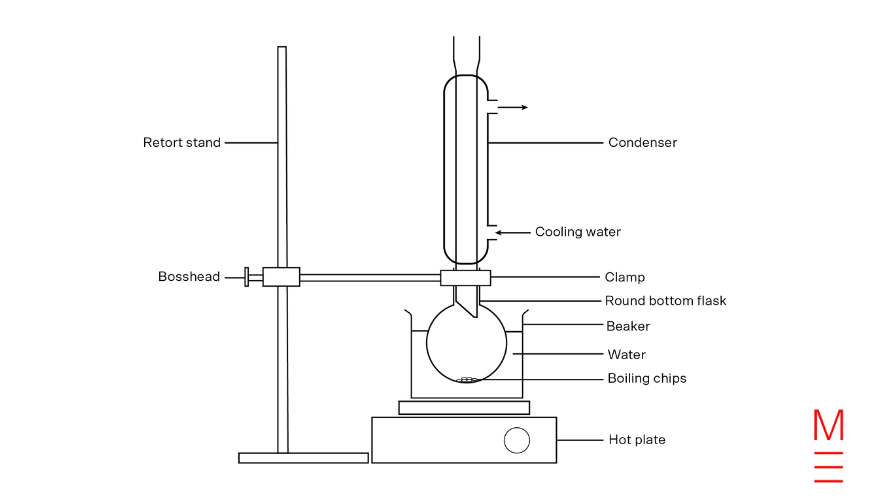Welcome to Matrix Education
To ensure we are showing you the most relevant content, please select your location below.
Select a year to see courses
Learn online or on-campus during the term or school holidays
Learn online or on-campus during the term or school holidays
Learn online or on-campus during the term or school holidays
Learn online or on-campus during the term or school holidays
Learn online or on-campus during the term or school holidays
Learn online or on-campus during the term or school holidays
Learn online or on-campus during the term or school holidays
Get HSC Trial exam ready in just a week
Get HSC exam ready in just a week
Select a year to see available courses
Science guides to help you get ahead
Science guides to help you get ahead
Don't make these 8 common mistakes in your HSC or HSC Trial exams.

Join 75,893 students who already have a head start.
"*" indicates required fields
Related courses

Join 8000+ students each term who already have a head start on their school academic journey.
Read the 8 Common Mistakes Chemistry Students Make in the HSC Exam. Learn the errors HSC students are making and avoid them.
Start HSC Chemistry confidently
Expert teachers, comprehensive resources, one-to-one help! Learn from home with Matrix+ Online.

2HCl(aq) + Na2CO3(s) → 2NaCl(aq) + CO2(g) + H2O(l)
YEAR 12 CHEMISTRY STUDENTS ARE REQUIRED TO MEMORISE THE SOLUBILITY RULES.
The final answer of all calculation questions must contain the correct number of significant figures. Remember: You are only as accurate as your least accurate value!
To calculate the number of significant figures for HSC Chemistry, use these rules:
| Value | Notation |
| Mass | m(NaCl) |
| Molar mass | MM(NaCl) |
| Moles | n(NaCl) |
| Volume | V(NaCl) |
| Concentration | c(NaCl) |
Question:
Calculate the mass of NaCl required to form a 250.0 mL solution with a concentration of 2.00 mol L-1.
Answer:
n(NaCl) = c(NaCl) x V(NaCl) = 2.00 mol L-1 x 0.250 L = 0.500 mol
m(NaCl) = n(NaCl) x MM(NaCl) = 0.500 mol x 58.44 g mol-1 = 29.2 g (3 sig figs)
Written by Matrix Education
Matrix is Sydney's No.1 High School Tuition provider. Come read our blog regularly for study hacks, subject breakdowns, and all the other academic insights you need.© Matrix Education and www.matrix.edu.au, 2025. Unauthorised use and/or duplication of this material without express and written permission from this site’s author and/or owner is strictly prohibited. Excerpts and links may be used, provided that full and clear credit is given to Matrix Education and www.matrix.edu.au with appropriate and specific direction to the original content.